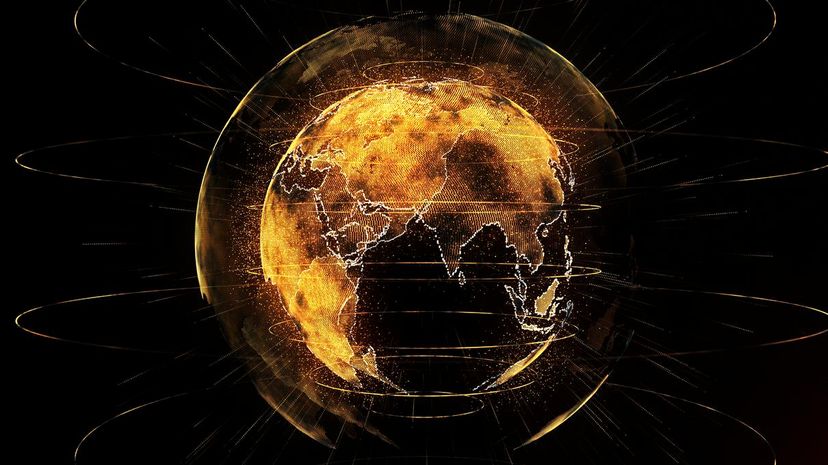
About This Quiz
The world is a vast place. The planet weighs 13.1 septillion pounds and has a circumference of nearly 25,000 miles. The distance from the North Pole to the South Pole is more than 12,000 miles, and there are infinite natural and man-made treasures in between. There are about 200 million square miles for us to explore and another 4,000 miles to the center of the Earth. With all that land to explore, it's safe to say we've only explored about a quarter of the planet.
Within the tiny amount of Earth we've explored, we've discovered decayed elements that take billions of years to decompose, meaning they (and Earth) have been here for billions of years. We've found fossils of every type of animal imaginable and new species are being discovered all the time. We know the planet has experienced climate change so severe it destroyed all life, and it has withstood meteor strikes so massive, they destroyed all life again. There was once a time when multiple species of humans roamed the globe, but we're the last one standing. The planet has a tumultuous history, but after all the death and destruction, we're left with a beautiful Earth scarred with mountains, lakes, islands and valleys. What do you know about the planet? Take this quiz and see if you can pass some basic world trivia.
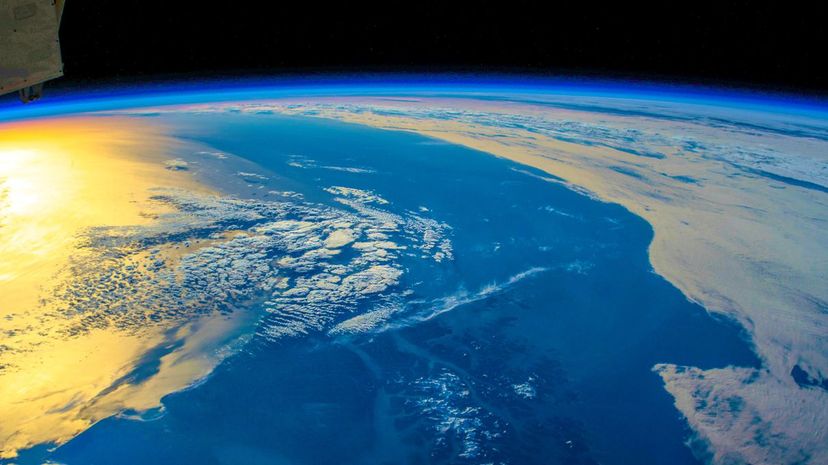
Australia is the smallest continent on the planet and Asia is the largest. Asia and Europe are the only continents that aren't completely surrounded by water. When combined, Eurasia is the largest continent on the planet.
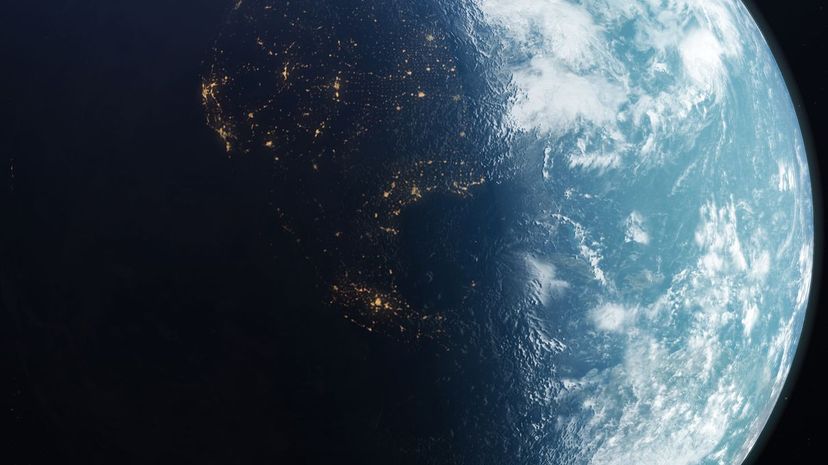
The world is an oblate spheroid, which means it's not a pure sphere. It resembles a squished sphere and is wider at the center where the equator lies. The globe spins like a basketball on a fingertip, so it spins fastest at the equator and barely spins at the poles.
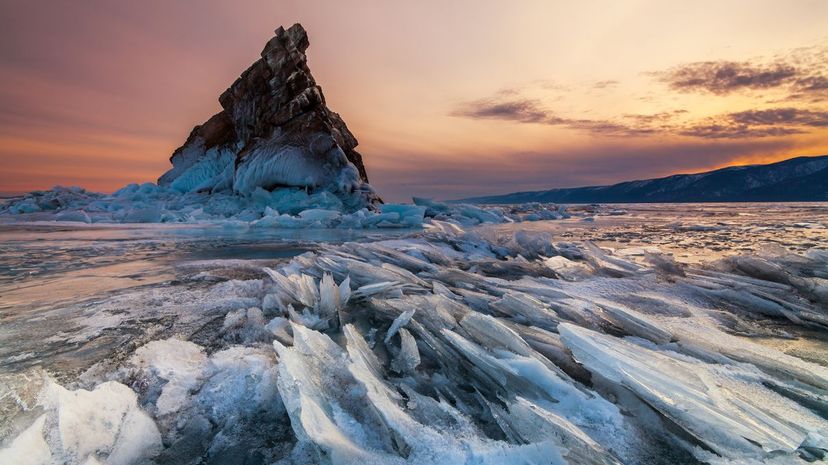
Russia covers more than 6.6 million square miles of land. Canada, China, the United States and Brazil round out the top five largest countries in terms of area, and Russia is about double the size of Brazil. Russia's population hovers around 145 million people.
Advertisement
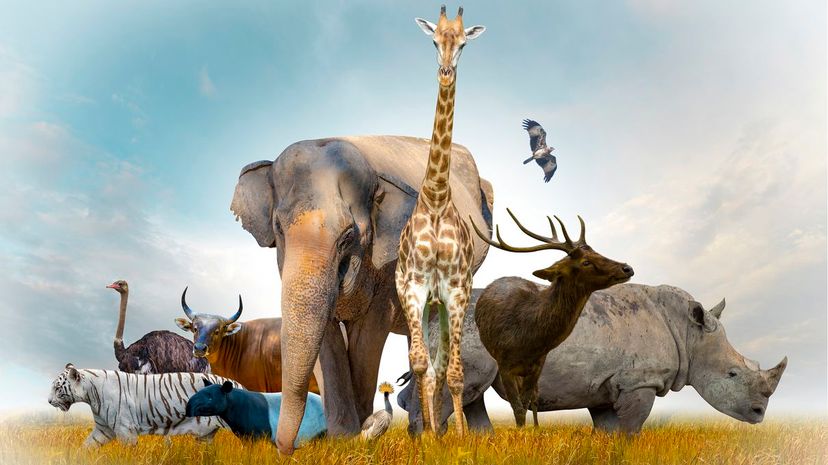
Blue whales can grow up to 100 feet long and weigh more than 150 tons. That's more than 15 times heavier than a Tyrannosaurus Rex and about 25 times heavier than a woolly mammoth. Blue whales can live close to 100 years in the wild.
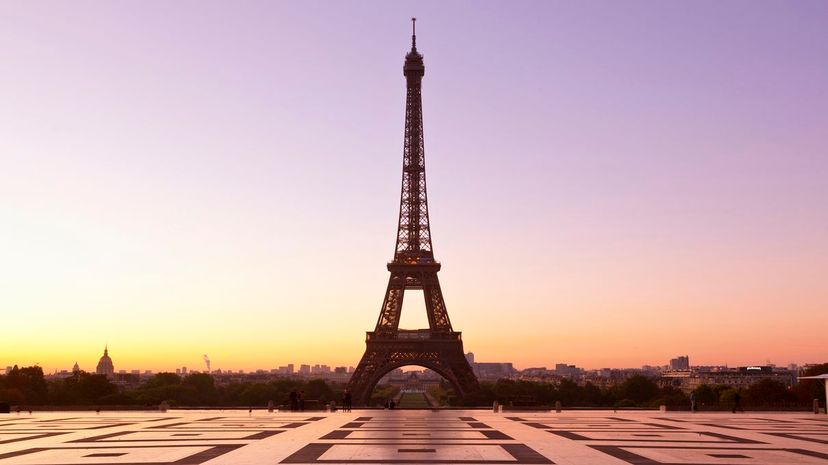
Paris is one of the most visited cities in the world due to its plethora of world-renowned landmarks. The Eiffel Tower was built by Gustave Eiffel for the 1889 World's Fair. Today it's an international icon of France and attracts millions of visitors per year.

The most populous country in the world is China with around 1.4 billion citizens. That accounts for almost 20% of the world's population. India is home to another 1.4 billion citizens. Vatican City is the world's least populous country with fewer than 1,000 citizens.
Advertisement
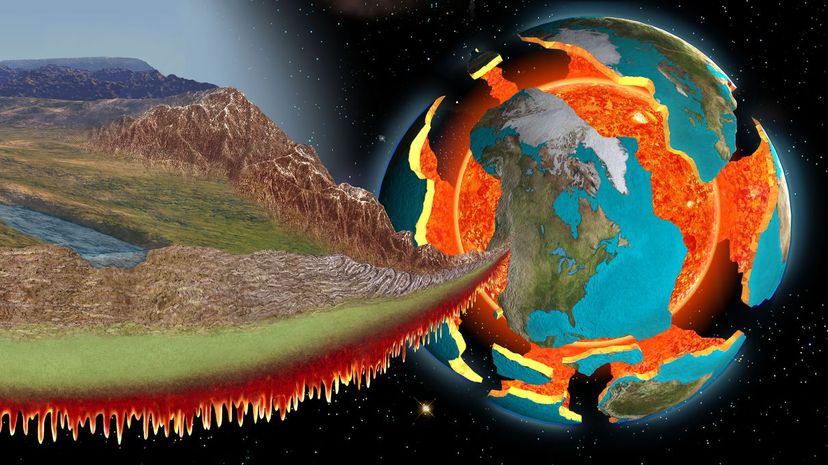
The Earth's crust extends more than 40 miles deep, but it's only a few miles deep at its thinnest spots, which is usually the ocean floor. The thinnest parts of the crust are made of dense iron, making it just as difficult as drilling through 40 miles of rock and mud.
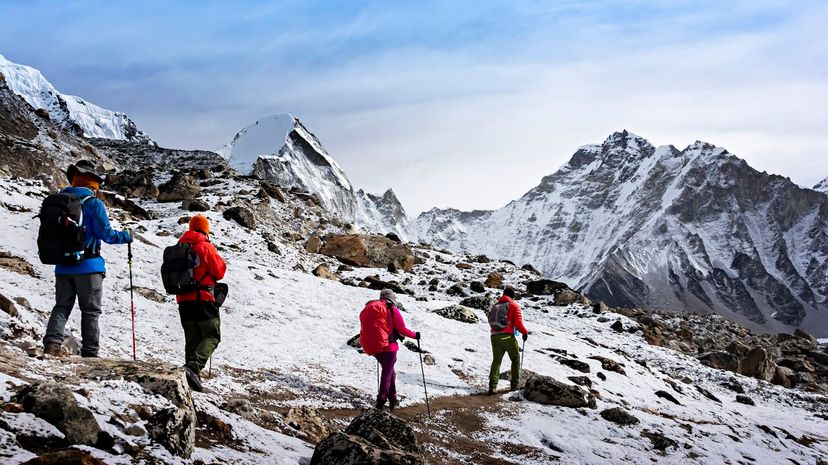
The Himalayas run for about 1,500 miles in Asia. They mostly sit along the border of Nepal, India and China, but they also touch other countries in the area, like Bhutan, Afghanistan and Pakistan. South America's Andes is the longest mountain range in the world, running for more than 4,300 miles.
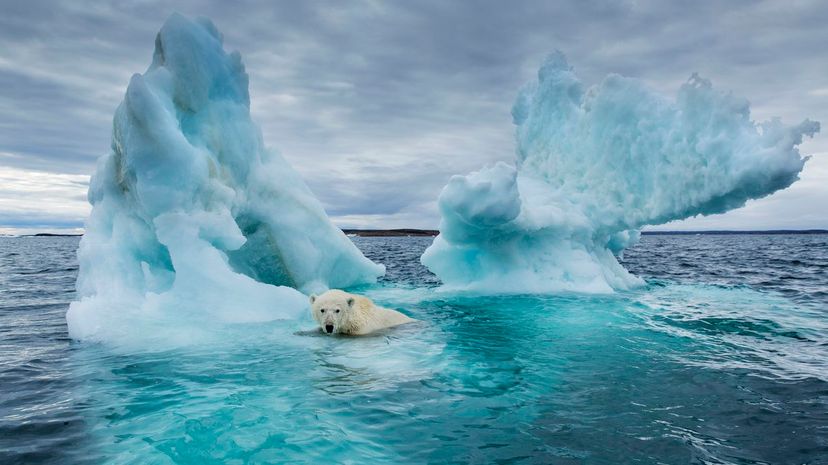
Polar bears live in the Arctic, and they don't live in Antarctica. They're known for their white fur, but they actually have black skin. Like most animals in the area, the black skin is essential for absorbing and conserving heat from the sun amid the Arctic's freezing temperatures.
Advertisement
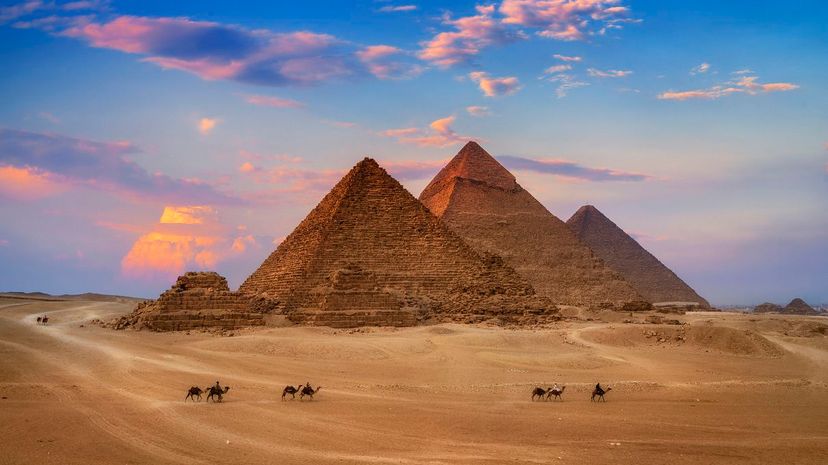
The Great Pyramid of Giza and the Great Sphinx sit just outside of Cairo. The Great Pyramid dates back to 2580 BC and stands more than 450 feet tall. Hundreds of thousands of people spent years building the pyramids.
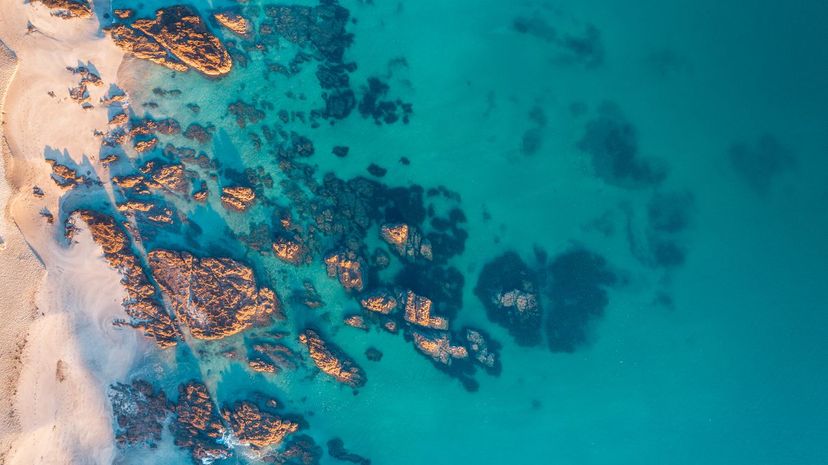
The five oceans are: Pacific, Atlantic, Indian, Arctic and the Southern or Antarctic Ocean. All of the oceans are connected, so there is technically one ocean on Earth, but the five sections of the ocean feature wildly different ecosystems and animal life.
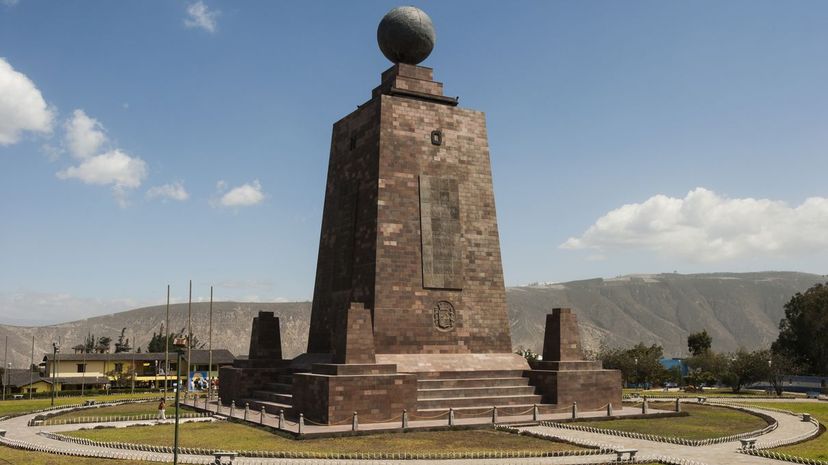
The world is filled with imaginary lines, and the equator is one of the most famous of them all. Countries on the equator experience equal amounts of sunlight and darkness each day. The equator passes through about a dozen countries.
Advertisement
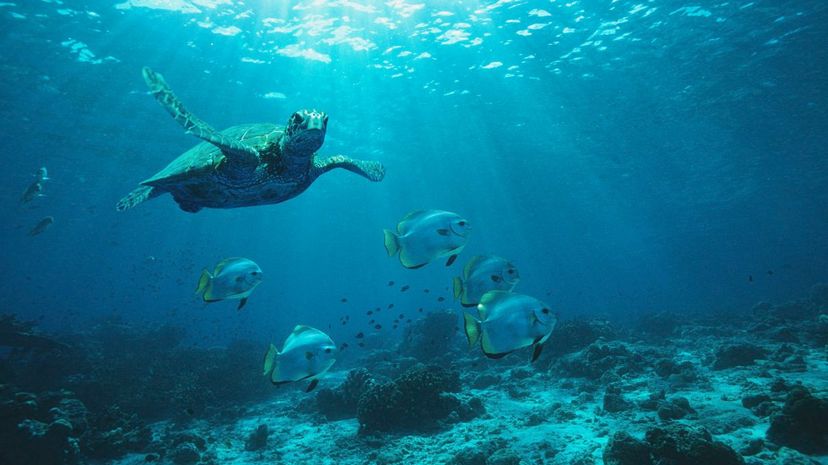
The Pacific Ocean is home to the Mariana Trench, which is the world's deepest trench. Within the trench is the Challenger Deep, which is a valley that reaches 36,000 feet deep and is Earth's deepest point.
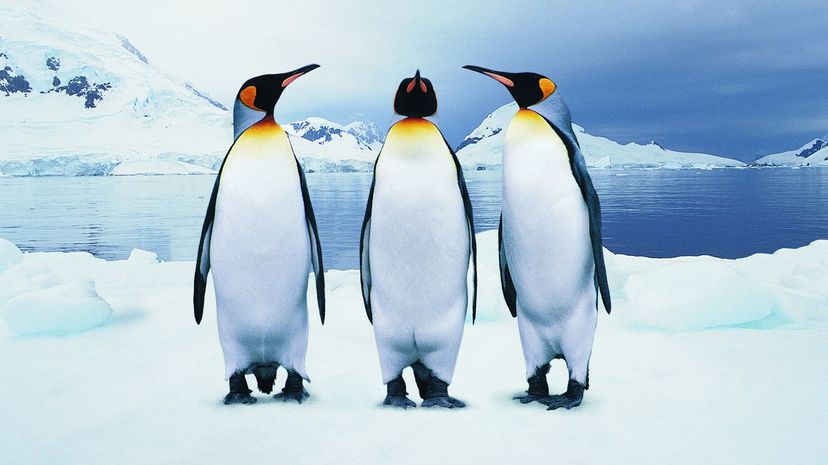
Polar bears and penguins don't live together. The Galapagos penguin lives near the equator and is the only penguin found north of the equator. All other penguins live south of the equator and millions live in Antarctica. More than a million penguins live on Danger Island near Antarctica.
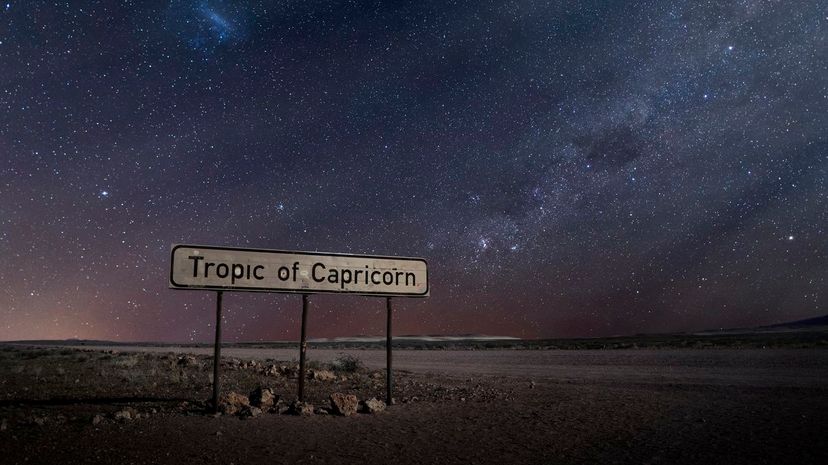
The Tropic of Capricorn is one of many lines that divide the globe and barely anyone lives south of it. It marks the southernmost circle of latitude where the sun appears directly overhead. The line sits about 23 degrees south of the equator.
Advertisement
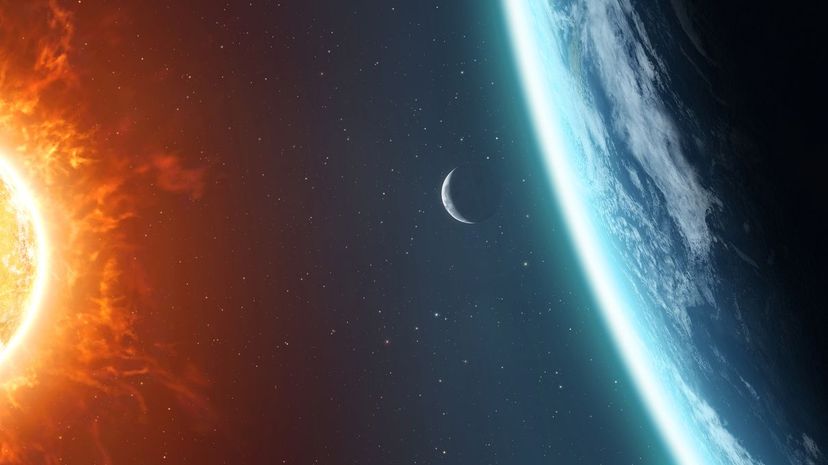
It actually takes 365.25 days for the Earth to orbit the Sun. Every four years, we add an extra day to the calendar to make up for the additional time needed to orbit the Sun. The planet travels at 67,000 miles per hour while orbiting the sun.
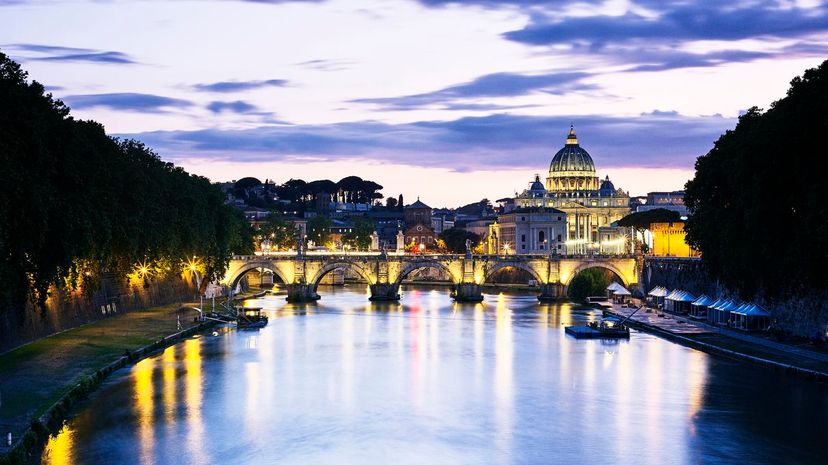
Vatican City is both the least populous and smallest country in the world. Fewer than 1,000 people call Vatican City home, and the country doesn't have a commercial housing market. It's the official residence of the pope and is filled with some of the world's most famous landmarks.

Asia is both the largest and most populous continents on the globe. About 30% of the world's population lives in China and India, and about 60% of the world's population lives in Asia. More than 4.6 billion of the world's 7.8 billion people live in Asia.
Advertisement
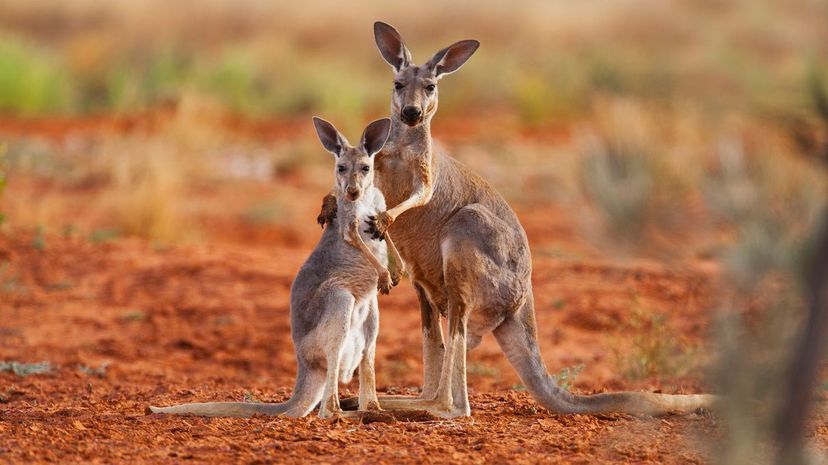
Kangaroos are native to Australia and are barely found elsewhere in the world. Some kangaroos may exist in surrounding areas, like Papua New Guinea and New Zealand, but you won't find them anywhere else in the wild.

The equator splits the globe in half horizontally and the prime meridian splits it in half vertically. It sits at 0-degrees longitude and starts and ends at the arctic poles. Unlike the equator, the prime meridian isn't a fixed line and has changed dozens of time.
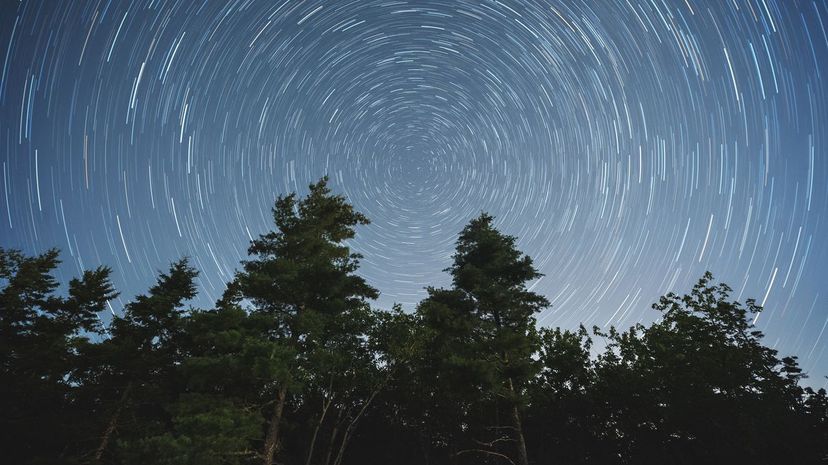
The world is spinning at 1,000 miles per hour at its fastest points, which are along the equator. It takes just less than 24 hours for the planet to complete one full rotation on its axis. The world spins like a basketball on a fingertip.
Advertisement

There are more than 1.1 billion Mandarin speakers on the globe, but a majority of them live in China. There are nearly 1 billion English speakers in the world, and it's the globe's most widely spoken language.
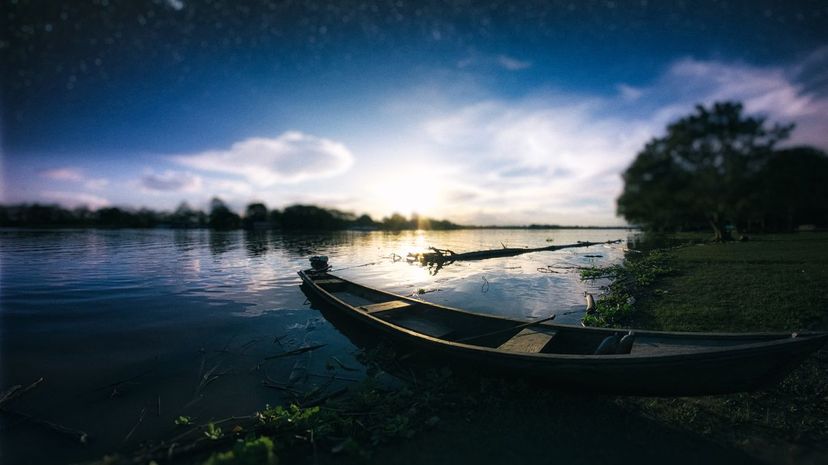
The Nile River runs for 4,132 miles and the Amazon River runs for 3,977 miles, but some officials claim the Amazon River is actually the world's longest river. It mostly winds through northern Brazil, but its tributaries flow through Peru, Bolivia, Ecuador, Colombia and Venezuela.
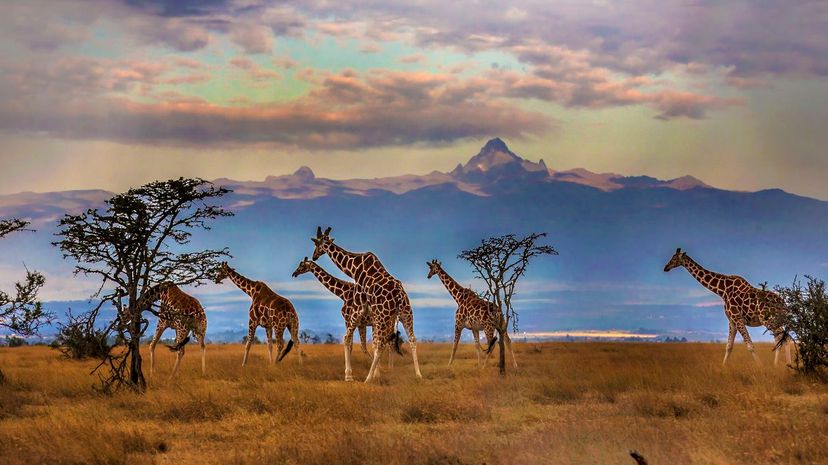
Giraffes are one of the most unique animals on the planet. The first people to discover them believed they were a cross between camels and jaguars. The okapi is the only other member of the Giraffidae family. Both animals live in Africa and aren't found elsewhere in the wild.
Advertisement
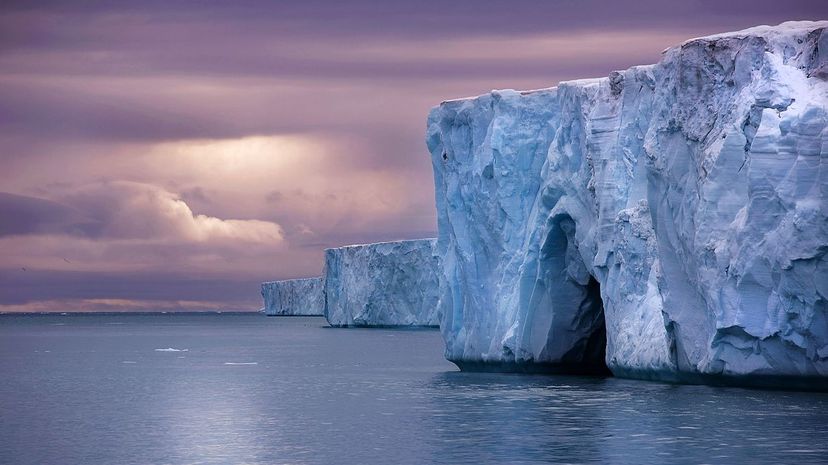
Antarctica is a continent, but the Arctic isn't a continent. If you ever see someone walking on "land" in the Arctic, they're walking on a sheet of ice covering the Arctic Ocean. The North Pole is located in the middle of the Arctic Ocean.
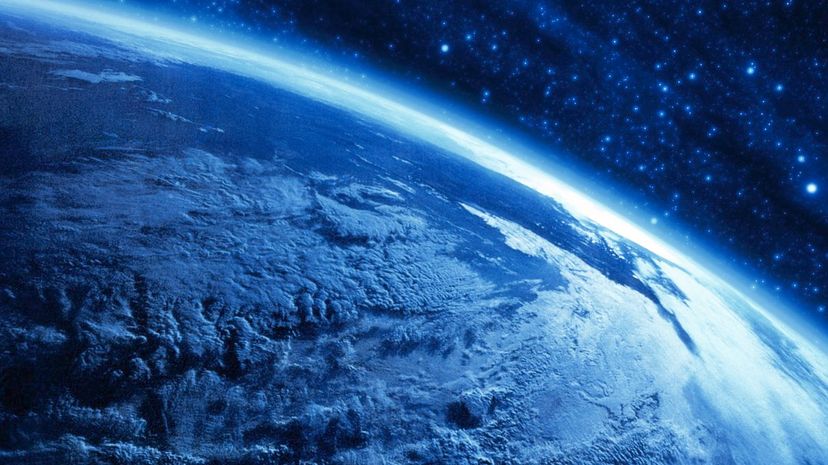
The age of the Earth is nothing more than an estimate, but it's a pretty educated estimate. Some elements, like certain types of uranium, have a half-life of billions of years. The radioactivity of these elements can be used to date the planet.
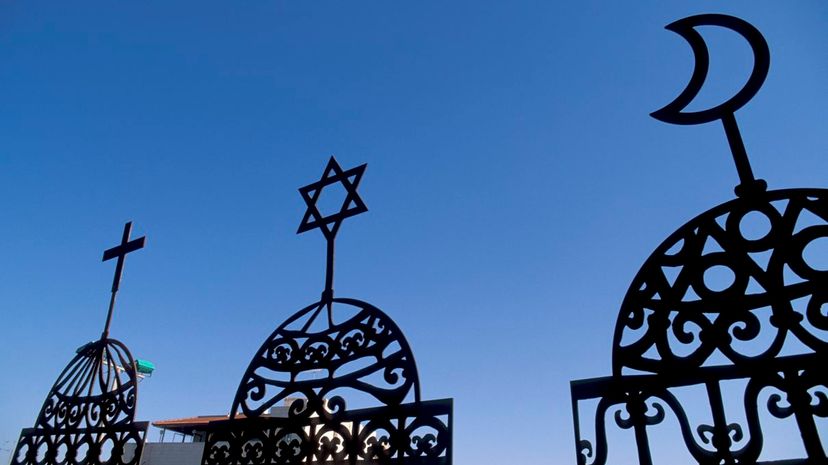
There are more than 4,200 religions across the globe and about 30% of the world's population is Christian. More than 2.4 billion people follow a Christian denomination. Islam counts about 2 billion members, and more than 1 billion people identify as agnostic or atheist.
Advertisement
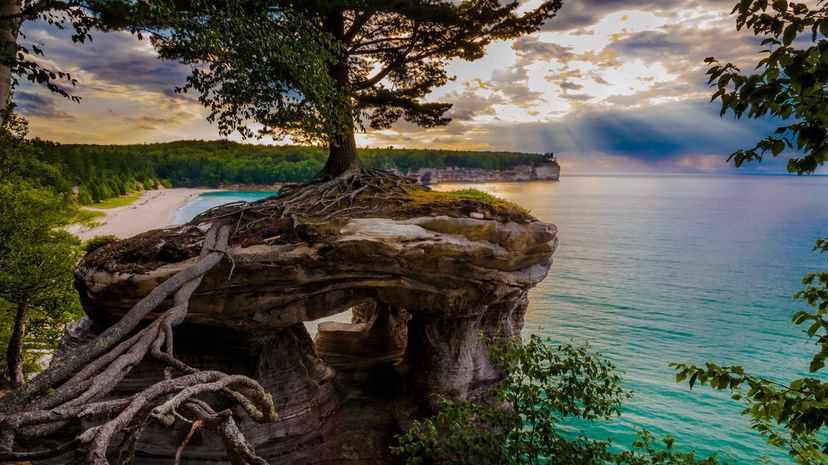
Lake Superior is the largest freshwater lake in the world in terms of surface area. Lake Baikal in Russia is the world's largest freshwater lake in terms of volume. Lake Baikal is also the deepest lake in the world.
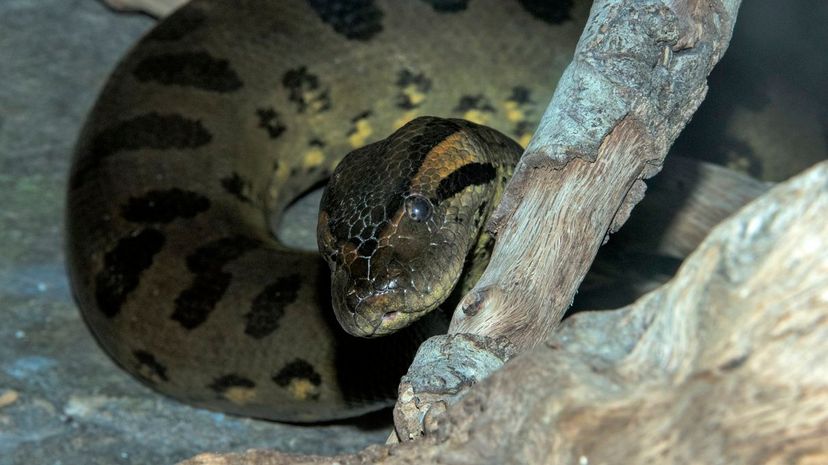
The green anaconda is known as the largest snake in the world. It can measure nearly 30 feet long and weigh more than 500 pounds. They are great swimmers and thrive in the swampy areas near the Amazon jungle in South America.
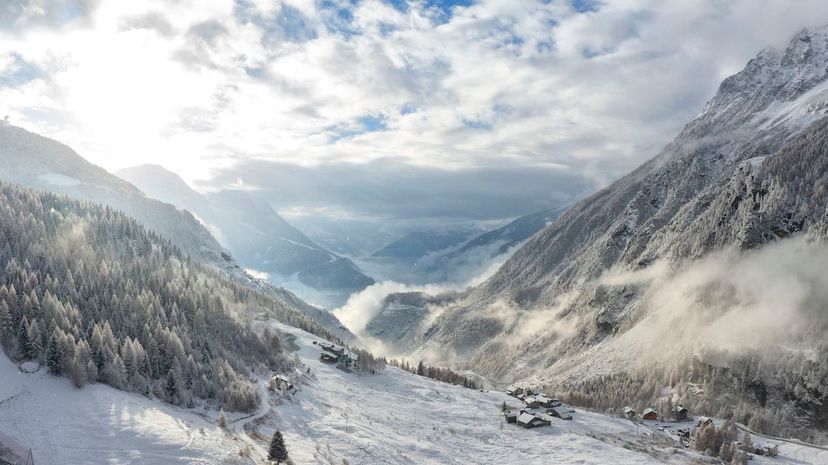
The Alps run for 750 miles across several countries in Europe. France, Switzerland and Italy are three of the most popular homes to the Alps, but the mountains also run across Austria, Monaco, Germany, Liechtenstein and Slovenia. France's Mont Blanc is the tallest peak in the Alps.
Advertisement
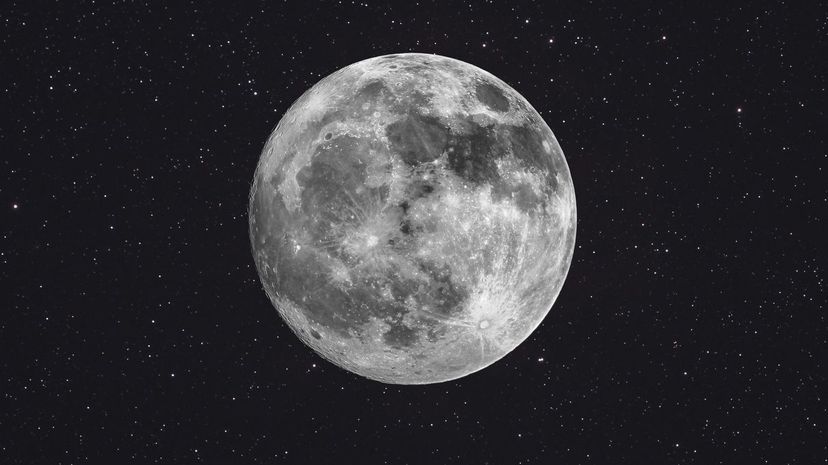
It takes either 27 or 29 days for the moon to orbit the Earth, depending on how it's calculated. This is because the moon's orbit of the Earth isn't a perfect circle, and the position of the sun is constantly changing.
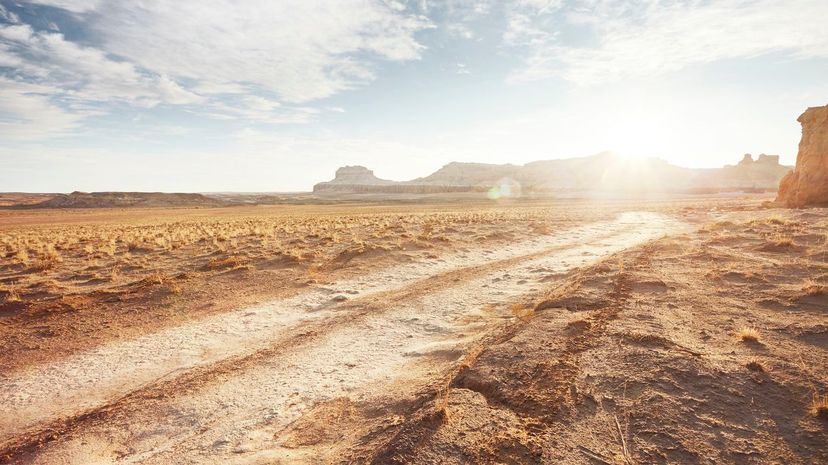
All planets in our solar system are named after Greek or Roman gods and goddesses, except for the Earth, which is named after the ground. The word stemmed from the German and Old English words, "erde" and "eorthe."
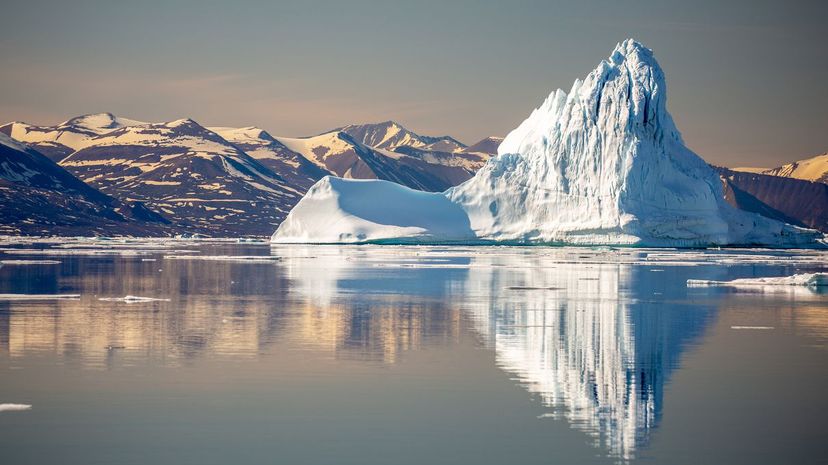
There are a countless number of islands in the world, but Greenland is the biggest of them all. The island covers more than 836,300 square miles of land but is only home to 50,000 people. The island of Java covers just 49,536 square and is home to more than 141 million people.
Advertisement
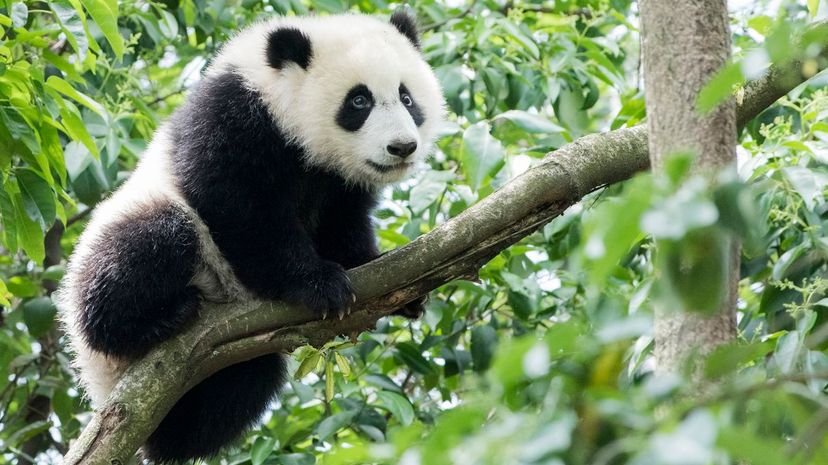
Panda bears are only known to live in central China. There are only a couple of thousand pandas left in the wild, but numbers have steadily been increasing over the past 50 years. You can see pandas at zoos in many countries around the world.
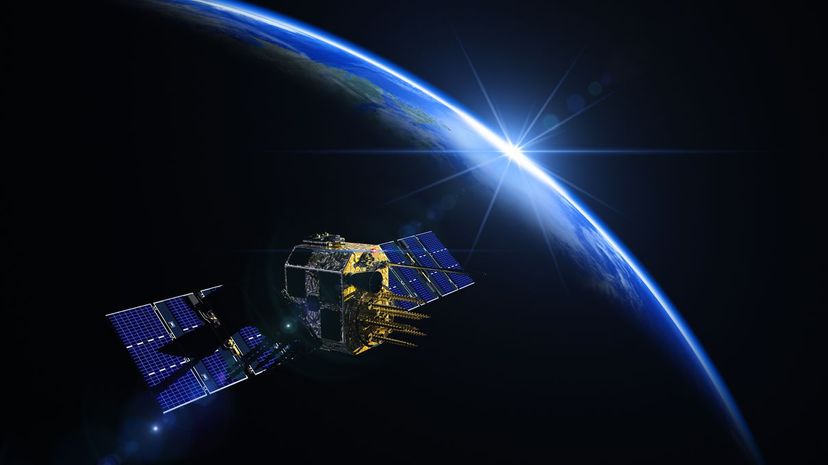
Earth is the "third rock from the sun." We are more than 91.6 million miles away from the sun. It takes about eight minutes for light to travel from the sun to the Earth. When you look at the sun, you're seeing what the Sun looked like eight minutes ago.